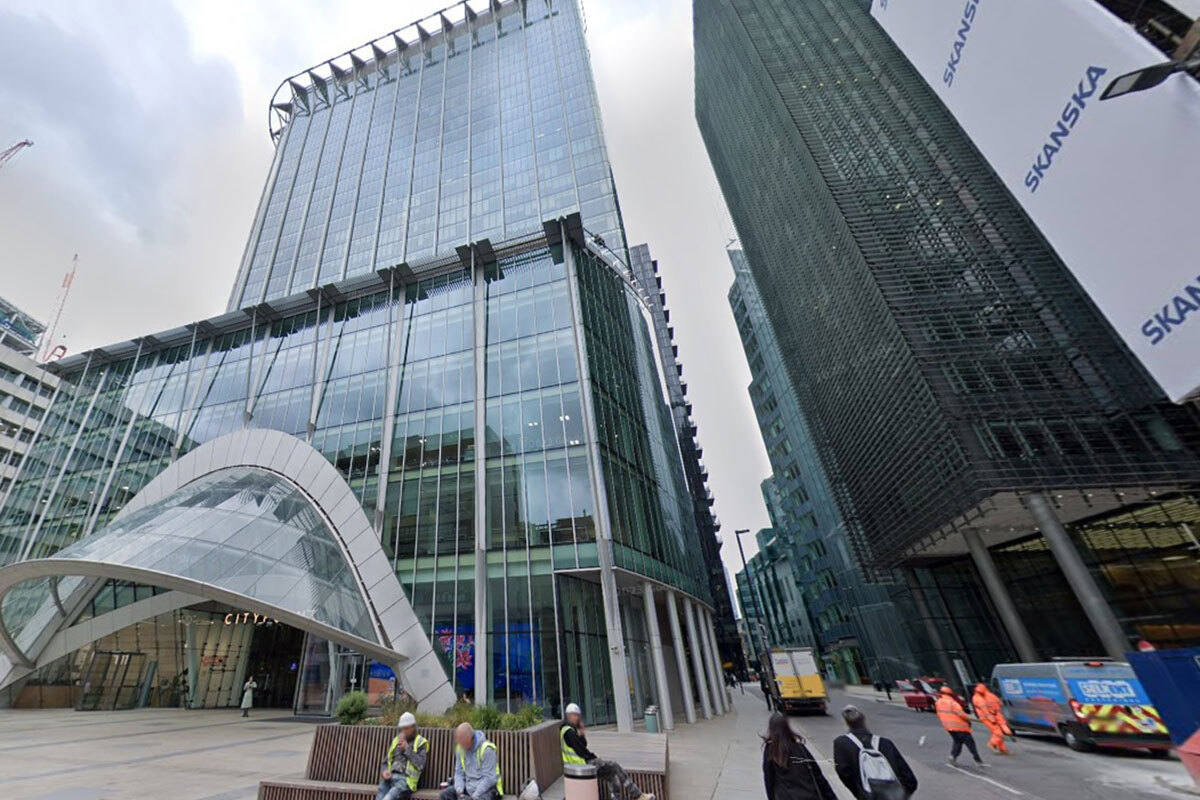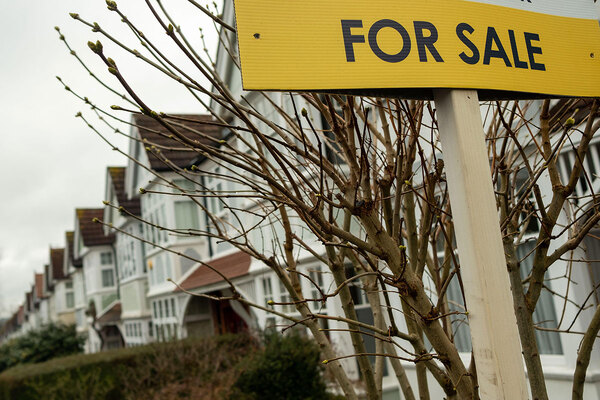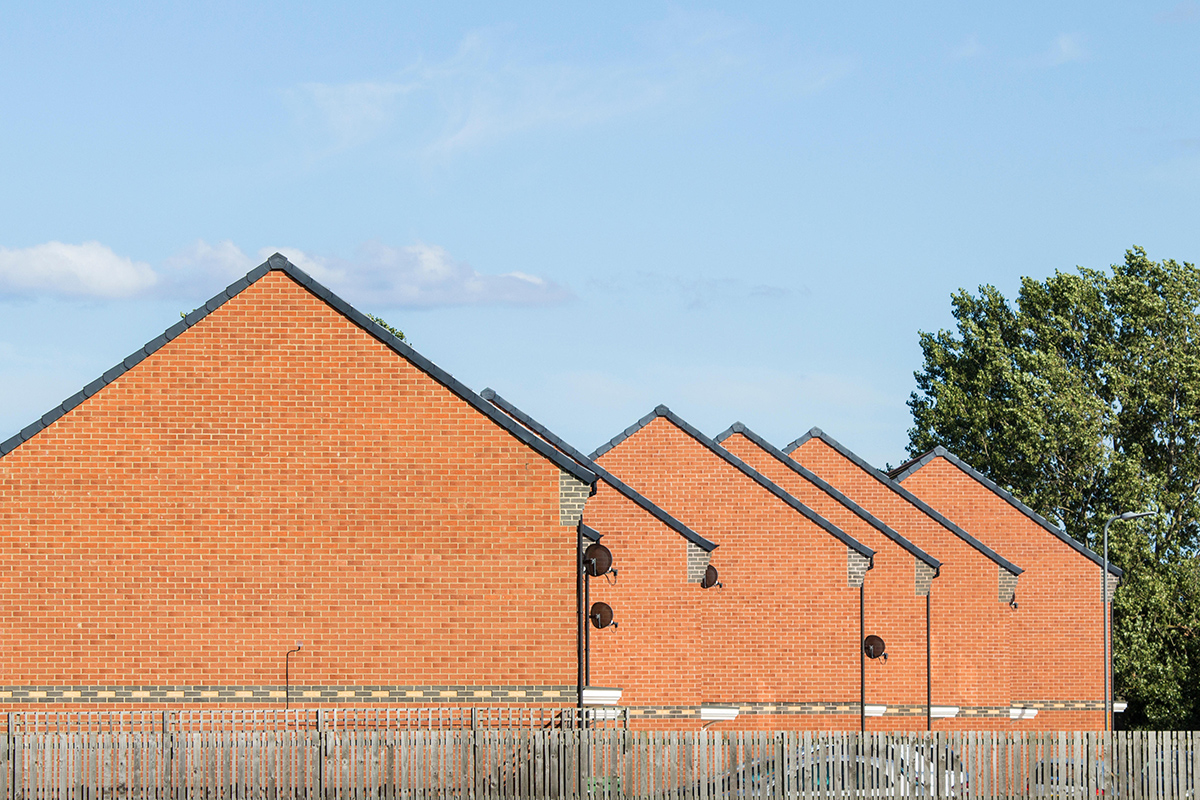Housing associations’ surpluses to remain ‘weaker’ than pre-pandemic due to extra spending, S&P Global says
Higher spending on repairs and maintenance will mean that housing associations’ surpluses will remain below pre-pandemic levels, S&P Global has predicted.
In a new report assessing the sector’s prospects for 2025, the ratings agency said that while an increase in spending on existing stock will “moderate”, it expects it to remain high as a result of extra demand and inflation.
“We project that repair and maintenance spend will prevent financial performance from reaching pre-pandemic levels,” the report said.
S&P also pointed to the spending pressures landlords face on building safety and decarbonising their stock.
It added that landlords’ improving adjusted surpluses will help boost debt metrics.
But the agency warned that surpluses “will remain weaker than before the COVID-19 pandemic”.
However S&P said it expected the overall financial performance of the 41 housing associations it rates to “improve modestly”.
Elsewhere, the agency predicted that landlords will see debt continue to grow but at a slower annual rate of 2.5 per cent over the next three years.
S&P said providers have “enhanced their focus on debt containment amid high interest rates and the need to invest in existing homes”. It said larger borrowers are selling stock and using the proceeds to repay debt or fund investment.
It comes as the Regulator of Social Housing warned that it will be monitoring landlords that are relying on offloading stock to stabilise their finances.
S&P also predicted that with the continued expected fall in interest rates, landlords will see a “modest strengthening” of their interest cover ratios.
Last week, the regulator revealed that the sector’s EBITDA MRI interest cover – a key metric for measuring landlords’ liquidity and investment capacity – fell below 100 per cent for the first time since the 2008 financial crisis.
On a positive note, however, S&P said it was seeing an improvement on the credit outlooks for landlords.
“We have a negative outlook on 15 per cent of our ratings, down from 35 per cent in 2022, mainly on UK-based [social housing providers], whose investments in existing homes weigh on credit quality,” the agency said.
S&P said that most credit ratings remain in the A category and that a “turning point” in the rating cycle has been reached as landlords “gradually strengthen” in 2025.
In November, the agency warned that the financial capacity of social landlords had shrunk due to the amount they are investing in homes.
Sign up for Social Housing’s weekly news bulletin
Social Housing’s weekly news bulletin delivers the latest news and insight across finance and funding, regulation and governance, policy and strategy, straight to your inbox. Meanwhile, news alerts bring you the biggest stories as they land.
Already have an account? Click here to manage your newsletters.
RELATED








